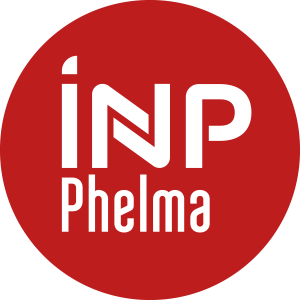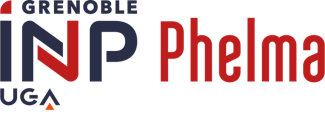Number of hours
- Lectures 7.0
- Projects 0
- Tutorials 7.0
- Internship 0
- Laboratory works 0
ECTS
ECTS 2.0
Goal(s)
Modeling and calculation of microflows
Digital/continuous microfluidics
Optimization tools for mixing at microscale
Tools for the prediction of chemical kinetics within bulk or at surfaces
Content(s)
Advanced course on microfluidics. Concepts on surface reactions. Theoretical tools for the developement of fluid-based sensors or mems.
1. Modeling of microflows, initial conditions, boundary conditions
2. Continuum approach, its relevance to microscales and updated boundary conditions
3. Body forces versus surface forces,
4. Electrically / magnetically / thermally / chemically – driven mixing
5. Chemical kinetics, diffusion and convection, adsorption at liquid or solid surfaces
Prerequisites
• Continuum mechanics,
• Laplace/Fourier transforms
• Electrodynamics
Semester 9 - The exam is given in english only 
Written exam (2h).
written exam 60% + labwork report 40%
60% written exam (2h) + 40% labwork report
DS organisé par Phelma
Semester 9 - This course is given in english only 
• Low-Reynolds number hydrodynamics, Happel & Brenner, Martinus Nijhoff Publishers, 1983
• Intermolecular forces & surface forces, Israelachvili, Academic Press, 2nd Ed., 2000
• Theoretical microfluidics, Henrik Bruus, 2000



